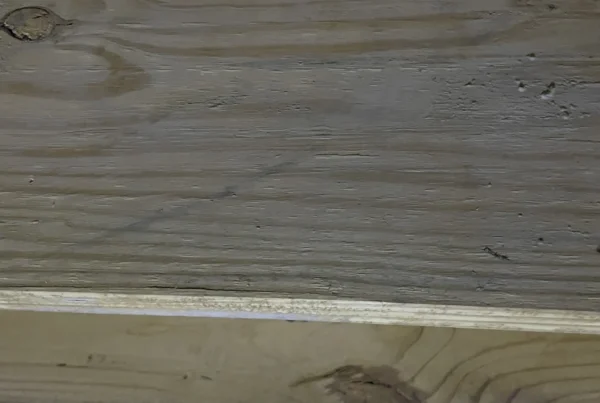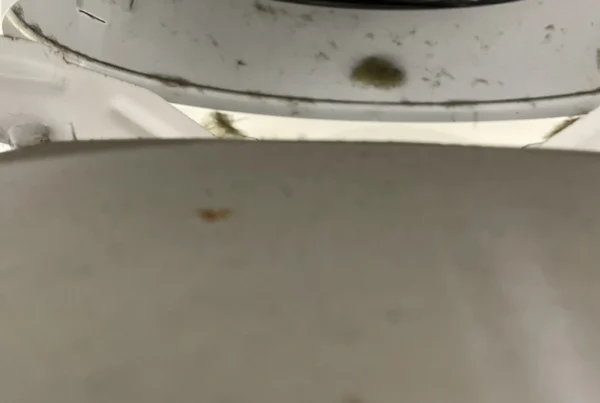Understanding Mold on Exterior Surfaces
When it comes to mold, most discussions center around indoor air quality. However, many homeowners often have questions about mold growth on exterior surfaces such as fences, decks, and soffits. While mold on the outside of your home may not seem immediately problematic for your indoor living spaces, there are important considerations to keep in mind.
The Impact of Exterior Mold on Indoor Air Quality
In general, mold growth on the exterior of a home is not considered a significant threat to indoor air quality. However, if you live in an area with a high concentration of mold spores or if there is substantial mold growth around your home, it can have some impact on the interior environment—albeit typically limited.
One key factor to consider is the proximity of mold to doors and windows. When entering or exiting your home, or even just opening a window, you may inadvertently allow outdoor contaminants—including mold spores—into your living space. Additionally, outdoor air can carry other pollutants like pollen, industrial gasses, and ozone. While fresh air has its benefits, it’s essential to strike a balance between letting in good air and managing potential risks.
Mold Sensitivity Concerns
Recently, we received an inquiry from a customer who was concerned about potential mold presence on their soffit due to heightened sensitivities to mold. For some individuals, even a small amount of mold and the mycotoxins associated with certain species can pose severe health risks. In these cases, what might be considered “normal fungal ecology” within a home may not be clean enough for those with sensitivities.
Identifying Mold Growth
Upon inspection, we suspected that the dark growth on the soffit was indeed mold—likely from the Cladosporium genus. Mold growth on exterior wood trim that has been painted is quite common and often serves as an indicator that it’s time for a fresh coat of paint. Exterior paints contain antifungal properties that help combat mold for several years; however, these properties eventually wear off. In central Indiana, where we operate, the climate is conducive to mold growth for about three-quarters of the year.
We took a swab sample of the suspected growth and sent it to the lab.
Test Results
As you can see in the image, the test results came back “No Fungi Detected” on the soffit. Again, this proves that it can be difficult to identify mold by sight. Our best guess is not always correct.
- Our Prediction: Yes, this is mold
- Test Results: No, this is not mold

Alternative Microbial Growth
The dark discoloration on exterior surfaces is often misidentified. It’s very likely that such growth could be:
- Cyanobacteria: These photosynthetic bacteria commonly colonize exterior surfaces, creating dark, mold-like appearances.
- Algae: Various algae species can thrive on building exteriors, especially in damp or shaded areas.
- Yeast: Certain types of yeast can grow on exterior surfaces, contributing to discoloration.
These microorganisms are frequently mistaken for mold due to their similar appearance, especially without microscopic analysis.
Taking Action: What You Can Do
There was no mold on the soffit in this case, but it is good to stay vigilant. To address mold growth on your exterior surfaces effectively, consider the following steps:
- Clean the Affected Area: Use a mold-specific cleaner or a solution of water and mild detergent to clean the affected areas thoroughly.
- Ensure Proper Ventilation: Make sure your attic and other areas are well-ventilated to prevent moisture buildup that can encourage mold growth.
- Trim Vegetation: Cut back any overhanging trees or shrubs to increase sunlight exposure and reduce moisture retention around your home.
- Repaint with Antifungal Properties: When it’s time to repaint your soffit or other exterior surfaces, choose high-quality exterior paint that contains built-in antifungal properties.
- Regular Inspections: Make it a habit to inspect and clean your exterior surfaces regularly to prevent future mold growth.
For Those with Heightened Sensitivities
If you or someone in your household has heightened sensitivities to mold:
- Keep windows closed near affected areas during high pollen or humidity seasons.
- Invest in high-quality air filters for your HVAC system.
- Consult with a professional mold remediation specialist for thorough assessment and treatment options.
Conclusion
While exterior mold is common and often manageable, addressing it promptly is essential for maintaining both the appearance of your home and the health of its occupants. If you suspect mold growth on your property or have concerns about indoor air quality, don’t hesitate to reach out to our team at Indiana Mold Remediation. We’re here to help you create a safe and healthy living environment!
Update:
We had another area of concern inside this home. To see that issue, and the air test results, visit Is This Mold on My Bathtub?




